The Burst of the Peak TV Bubble: What Lies Ahead?
Photo by Glenn Carstens-Peters on Unsplash TV Features Peak TV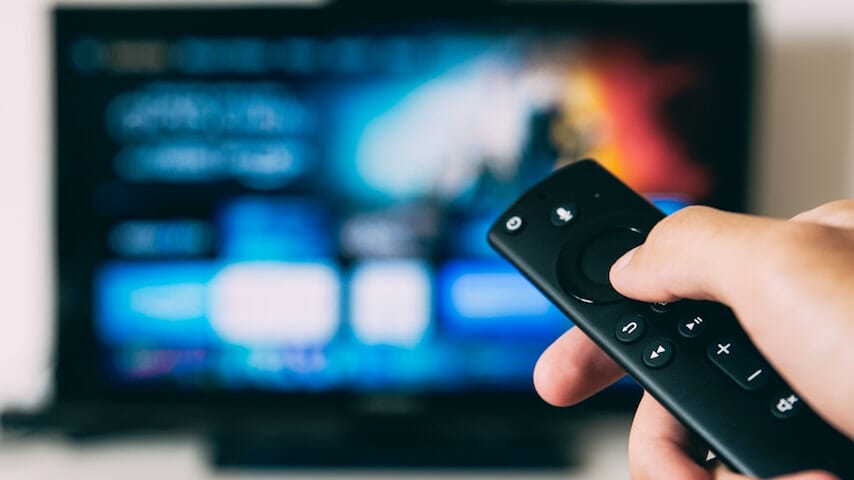
Did you know that the following things have all happened since June 1, 2019?
Orange Is the New Black—a series that was once a cultural phenomenon and helped define the Netflix we know and love today—premiered its seventh and final season on July 26, 2019.
Beverly Hills, 90210, which defined a generation of teen TV and helped turn Fox into a viable fourth network back in 1990, returned after 19 years with its original cast (yes even Shannen Doherty) to spoof themselves in BH90210, which ran on Fox in August of 2019.
Mad About You, once a part of NBC’s fabled Must See TV line up, returned after a 20 year absence on November 20, 2019. In the revival, Paul (Paul Reiser) and Jamie (Helen Hunt) were now empty nesters but still living in the same apartment (real estate in NYC is no joke).
After a groundbreaking run that ended in 2009, The L Word: Generation Q returned 10 years later on December 8, 2019 with both new and old characters.
After returning for a three-season revival, the former Emmy darling Will & Grace had its series finale 2.0 (this time they mean it? Maybe?) on April 23, 2020.
Meanwhile, movie stars flocked to TV. Paul Rudd headlined Living with Yourself (October 18, 2019). Chris Evans played a beleaguered dad in Apple TV’s Defending Jacob (April 24, 2020). Anna Kendrick, the It Girl of streaming platform debuts, headlined Disney+’s Noelle (November 12, 2019), Quibi’s Dummy (April 20, 2020) and HBO Max’s Love Life (May 27, 2020).
Now it’s time for the pop quiz. What do all these things have in common? Go ahead. I’ll give you some time to think.
Here it is: NO ONE CARED. These shows came and went with maybe some manufactured fanfare but certainly no buzz. There may never be the actual preverbal water cooler again but even the virtual watercooler seems to be something from a bygone era. To paraphrase the Boss, we now seem to have 1057 channels and nothing on. You can watch a show and love it deeply and struggle to find anyone you know IRL to talk about it with.
Even the screeching halt of TV productions due to COVID-19 hasn’t stopped whole new streaming platforms from debuting. Since the shutdown, Quibi (the platform no one asked for or wanted), HBO Max (the platform people wanted but couldn’t figure out how to get) and Peacock (the platform people think is okay, I guess) have all premiered. Our collective rage at the situation seems to be aimed at Quibi, which represents all that is wrong when billionaire venture capitalists have money to burn. Take a moment to think about all the good that could have come from the Quibi billion (even if it was just a TV show you actually wanted to see) and you too will be fuming.
So, having said all of this, let’s take a moment to take stock of what has gotten lost during an explosion of TV that brought an onslaught of revivals, remakes, new streaming platforms, movie stars becoming TV stars, and Netflix dropping like 50 new shows a day.
Here are the four lessons learned:
Less Is More.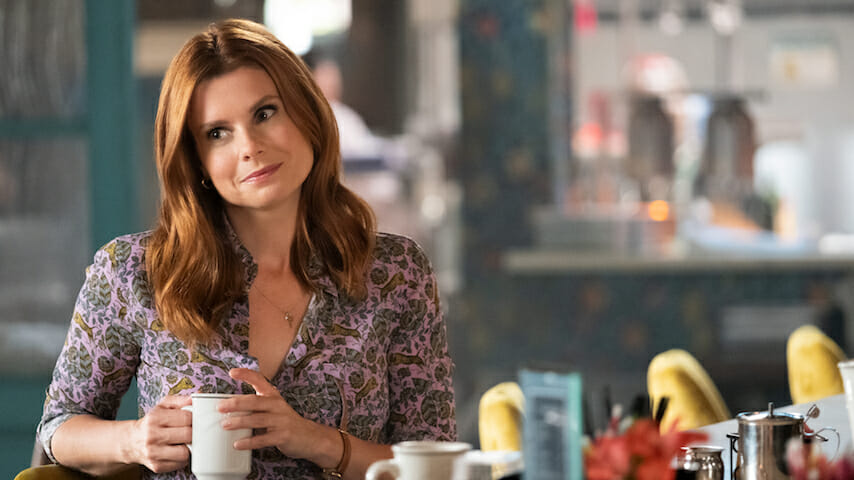
Look I don’t want to put anyone out of work, but the deluge of new content is not necessary for viewers. Netflix doesn’t even bother to promote half of its shows anymore. I write about and follow TV for a living and I barely knew Sweet Magnolias, an absolutely charming show that was the ultimate comfort TV, was premiering. Whenever I would go to my bank, one of the tellers who knows what I do for a living always asks me what she should be watching. She’s a devoted TV fan who subscribes to Hulu, Netflix, Amazon Prime, etc. I recently told her the “FX on Hulu” series Mrs. America was my current favorite. “Oh that’s the one about the pageants right?” she responded. You can’t blame her for being confused. The tongue-in-cheek title, while spot on, is perplexing. There’s simply too much TV to keep track of everything. With post-COVID content now only trickling out, people are finally having the time to catch up on shows they might have missed the first time around whether it’s Lost, which went off the air 10 years ago, or Schitt’s Creek, which just ended its run.
You Need More Than a Movie Star to Make People Want Watch Your Show. 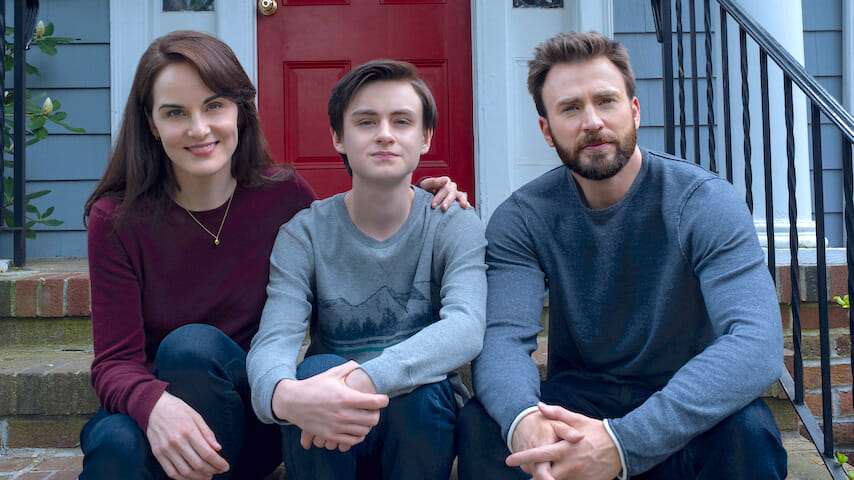
If Captain America himself can’t get people to want to watch Apple TV+, I’m not sure what will. It has long been said that it is the writers who are the most important part of any show. Actors, no matter how good, can only deal with the material that is given to them. Chris Evans’ Defending Jacob was a fine show but not a great one. If it had been on CBS or even HBO maybe more people who have tuned in, but it was certainly not enough to make you subscribe to Apple TV+. (At this point, after the also average The Morning Show—which was the crown jewel of AppleTV+ launch because it starred Reese Witherspoon and Jennifer Aniston—the tagline for the streaming platform could be “Apple TV+ … it’s fine!”)
Jim Carrey’s Showtime series Kidding was just cancelled after two seasons. And do you even remember Maniac, the Netflix series which starred Emma Stone and Jonah Hill? On HBO, the second season of Big Little Lies fizzled.
But, shows such as Dead to Me, starring Christina Applegate and Linda Cardellini and Unbelievable staring Toni Collette and Merritt Weaver, broke through because they were good. Stars aren’t everything; the script is still king.
All Streaming Platforms Were Not Created Equal. 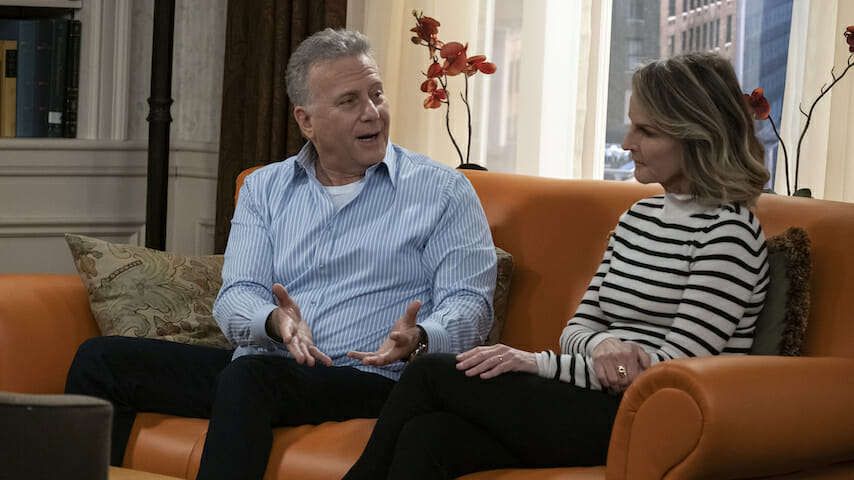
Why did no one know or care about Mad About You? It was a Spectrum Original available to only those who have Spectrum as their cable provider. According to the Spectrum website, it’s available in 41 states … but not in all cities in those states. So even if you were dying to find out what was up with Paul and Jamie Buchman if you lived in, say, Illinois, you were out of luck. Accessibility matters.
What we are seeing—now that the TV cupboards are starting to be bare—are programs that were once on a niche platform moving to more mainstream platforms. Cobra Kai, the awesome series that follows Karate Kid 30 years after its premiere, ran for two seasons on YouTube Premium. Now it will move to Netflix, which has picked up the streaming rights for the first two seasons and will debut the upcoming third season. Two seasons of L.A.’s Finest, a Bad Boys spin-off of sorts, aired as a Spectrum Original; now the first season, which stars Jessica Alba and Gabrielle Union, will now air on Fox as part of the network’s fall line-up. The CW will air the two seasons of CBS All Access now cancelled Tell Me a Story. Critics raved about OWN’s David Makes Man, but few watched it; the series is now available on HBO Max. We are likely to see this trend continue, and we are all waiting for the day when streaming platforms start to bundle themselves much like Disney+ did with Hulu and ESPN. Maybe you don’t want to pay for the premium version of Peacock, but what if it was bundled with CBS All Access and AppleTV+? Would it become more attractive? (Editor’s Note: Almost like … cable ….)
Stop Making Revivals. Just Stop. 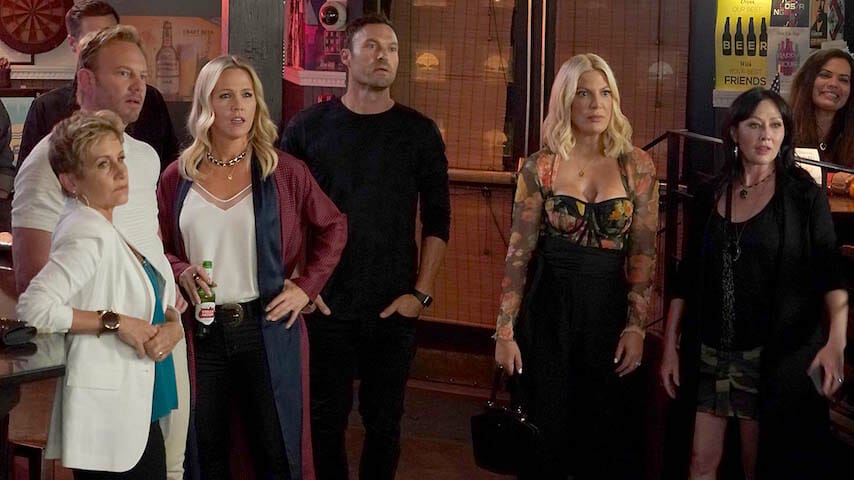
To me this is the saddest part of what occurred during Peak TV. Yes some of the reboots have been fantastic. One Day at a Time, which ran three seasons on Netflix before moving to Pop TV, is the perfect example of all the good that can come from putting a modern twist on a television classic. But most of the revivals that bring back the original cast actually diminish the original series. The revival of Will & Grace had our beloved characters stuck in some sort of Groundhog’s Day/arrested development cycle where, like Peter Pan, they refused to grow up. What was once cute became kind of sad. I actually liked the 2018 revival of Murphy Brown, but no one really watched it, and this television classic will now forever have an asterisk by its title. There’s definitely a law of diminishing returns with revivals. There are a ton of creative people out there with new and exciting stories to tell—let’s start using more of them!
Who knows what TV (or the world!) will look like a year from now? We can all only hope that brighter days are ahead. TV has provided a much-needed escape and a respite for so many during these troubled times. Just as the pandemic has caused many of us to take stock of our lives and focus in on what’s important, perhaps the television industry can take this time to assess the current, clogged television landscape and forge a new, clearer path forward.
Amy Amatangelo, the TV Gal®, is a Boston-based freelance writer, a member of the Television Critics Association and the Assistant TV Editor for Paste. She wasn’t allowed to watch much TV as a child and now her parents have to live with this as her career. You can follow her on Twitter (@AmyTVGal).
For all the latest TV news, reviews, lists and features, follow @Paste_TV.